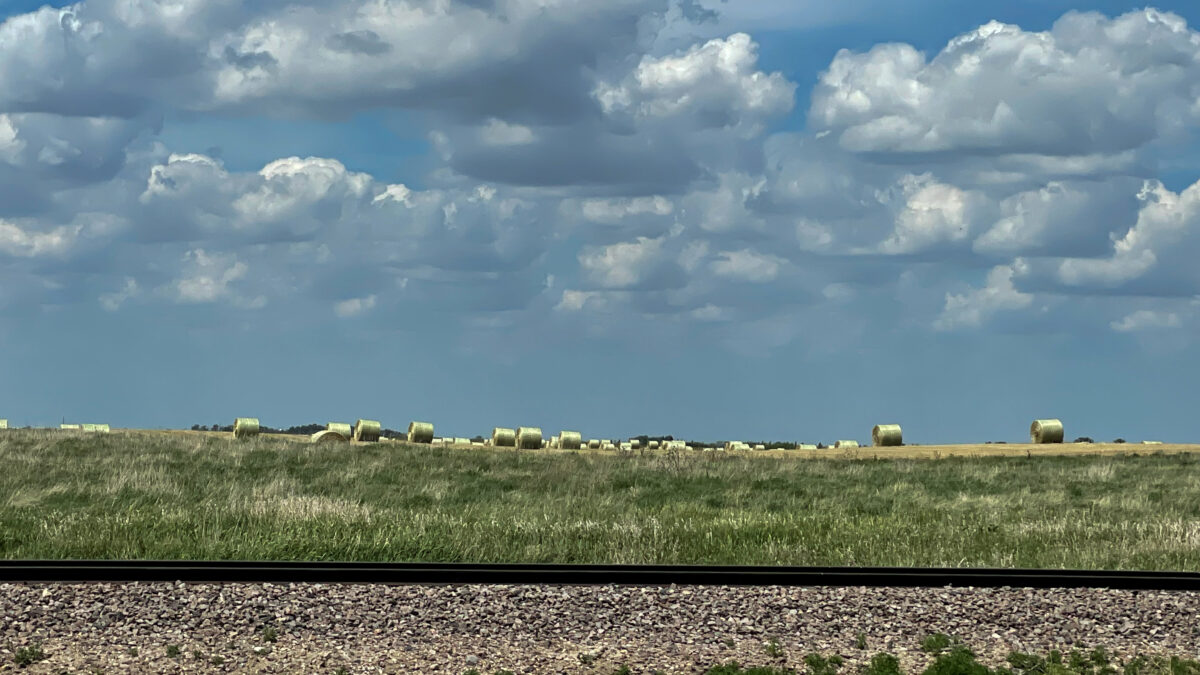Every Farmer Counts: Staying Safe at Railroad Crossings
TOPICS
Safety & Health WeekGuest Author
Special Contributor to FB.org

photo credit: Alabama Farmers Federation, Used with Permission
Guest Author
Special Contributor to FB.org
By Rachel Maleh
Did you know that every three hours in the United States, a person or vehicle is hit by a train?
My organization, the national rail safety education nonprofit Operation Lifesaver, Inc. partners with the American Farm Bureau Federation and other groups to remind farm equipment operators to pay extra attention where field and farm access roads cross train tracks.
To raise awareness of the dangers for drivers and pedestrians and share tips for avoiding these incidents, OLI and its safety partners will observe Rail Safety Week Sept. 21-27, across the U.S., Canada and Mexico.
Together, we can keep farmers – and communities – safe.
Coincidentally, Sept. 20-26 is also National Farm Safety and Health Week, and this year’s theme, “Every Farmer Counts” underscores the importance of knowing what to do when crossing railroad tracks. Here’s how farmers can stay safe at railroad crossings.
First, OLI urges all farmers, ranchers and their employees who must use farm rail crossings to remember that if you see tracks, think train! Trains can run on any track, at any time, in either direction. Whether in a vehicle or on foot, cross tracks only at designated crossings.
Second, always take extra precautions at private access farm crossings, which are not equipped with warning signs, lights, bells or gates. Approximately 15% of all crossing collisions happen at private railroad crossings each year.
Watch one family’s story about a preventable tragedy at a railroad crossing.
More facts:
- Railroad tracks are private property, including tracks that run through farmland. Using railroad property to hunt, fish or operate ATVs is trespassing.
- An approaching train may be closer and traveling faster than it appears.
- Tractors pulling heavy or bulky loads may take more time to clear a crossing than you anticipate. Never try to beat a train!
- Low clearance vehicles can get hung up on train tracks. If you see a low clearance warning sign before a crossing, use another route to avoid problems.
- Trains cannot stop quickly. The average freight train traveling at 55 miles per hour takes a mile or more to stop.
Below are Operation Lifesaver’s “five alive” tips for equipment operators:
1. Slow down as you approach a railroad crossing.
2. Stop at least 15 feet from the crossing. Trains can overhang tracks by 3 feet or more on either side.
3. Look and Listen for a train! Open cab windows, turn off radios and fans, remove headphones.
4. Do a double take (look both ways again) before crossing.
5. GO. Once you start across the tracks do not hesitate and do not change gears.
If your vehicle gets stuck, get everyone out and far away immediately, even if you do not see a train. Use the Blue and White Emergency Notification System sign that identifies crossings to report any problems on the tracks. No sign? Dial 911.
You can help us save lives by scheduling a free safety presentation. For more information or to learn about becoming an Operation Lifesaver volunteer, visit www.oli.org.
Together, we can keep farmers – and communities – safe.
Rachel Maleh is executive director of Operation Lifesaver, Inc., the only nonprofit public safety education and awareness organization dedicated to reducing collisions, fatalities and injuries at highway-rail crossings and preventing trespassing on or near railroad tracks. Learn more about safety around tracks and trains at www.oli.org.